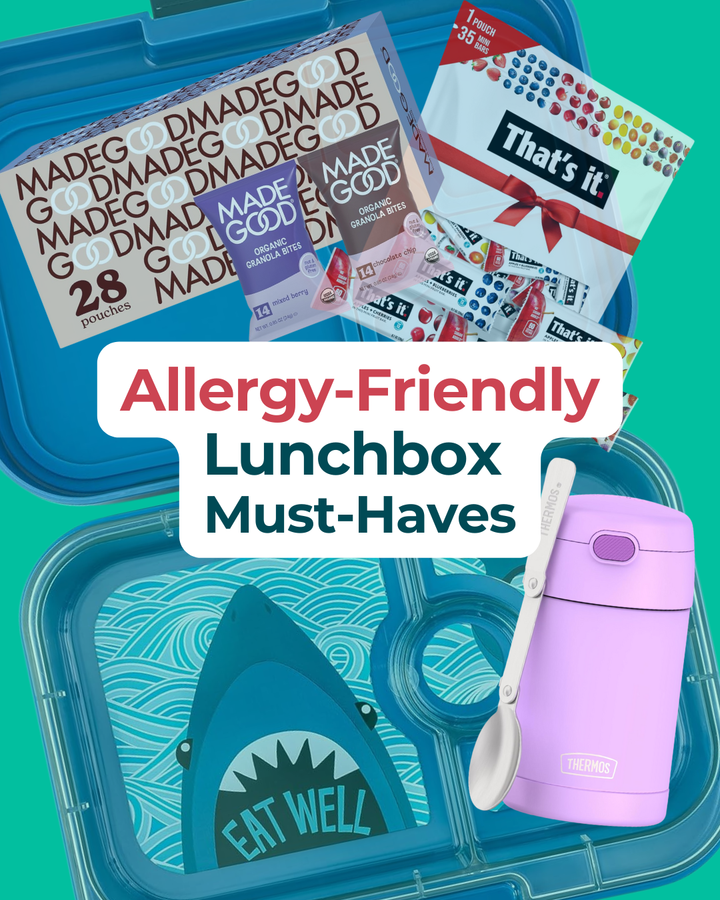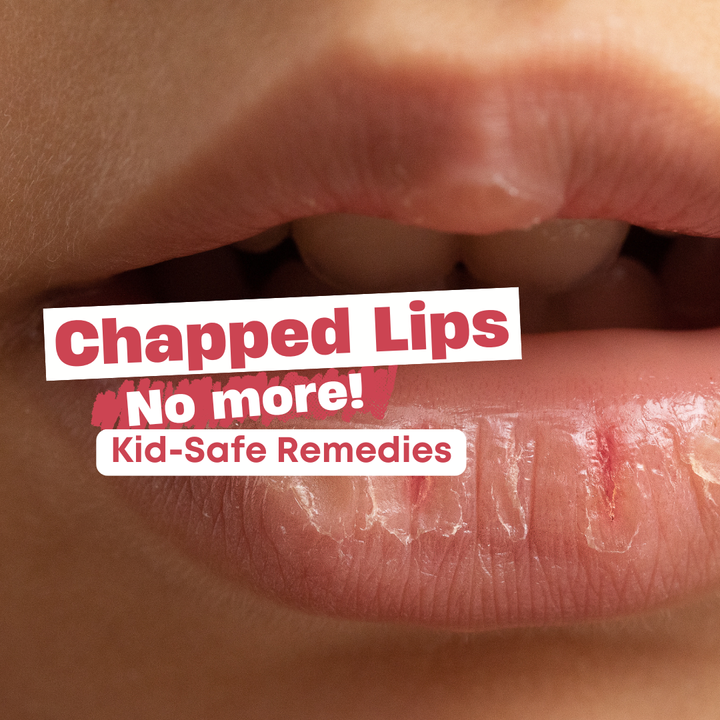What to Keep in Your Child’s Travel Medicine Kit
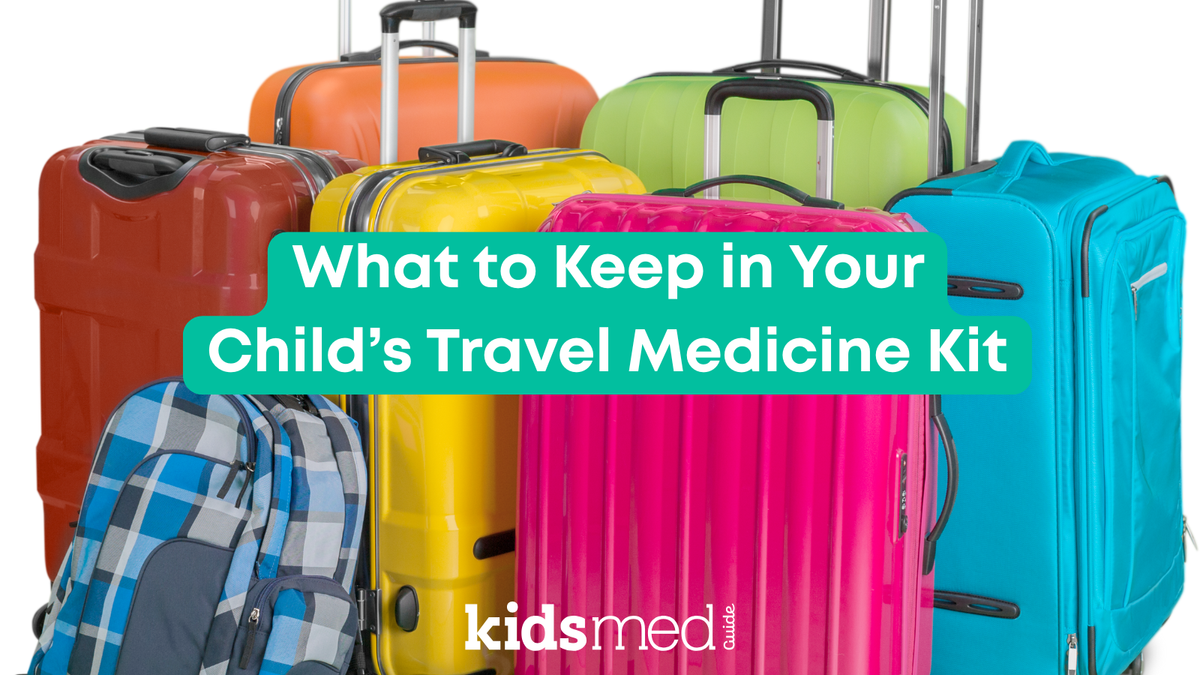
Traveling with kids can feel like packing for a 3-month trip to a faraway foreign land. It’s amazing how much stuff tiny humans need!
If you’re traveling this fall, it’s worth having a child travel medicine kit on hand, especially if you’re going to a remote area or another country. As the Boy Scouts say, it’s good to be prepared!
This guide covers the kids’ travel first-aid essentials you should bring along on your trip, tips for staying organized, and some extra tricks to help your family stay healthy and hopefully avoid a trip to urgent care or spending $19 on bandages at a hotel gift shop!
Why a Travel Medicine Kit is Important
Kids don’t schedule their colds or scraped knees around vacation plans (my kids seem to save all of their illnesses FOR vacation). A travel medicine kit ensures you’re ready for common issues like:
- Minor cuts and scrapes from outdoor adventures
- Fevers, earaches, and sore throats
- Upset stomachs from car rides, new foods, or too much ice cream ☺
- Bug bites, sunburns, or skin irritations
- Allergic reactions or hay fever
- And more! (Kids are creative when it comes to injuring themselves)
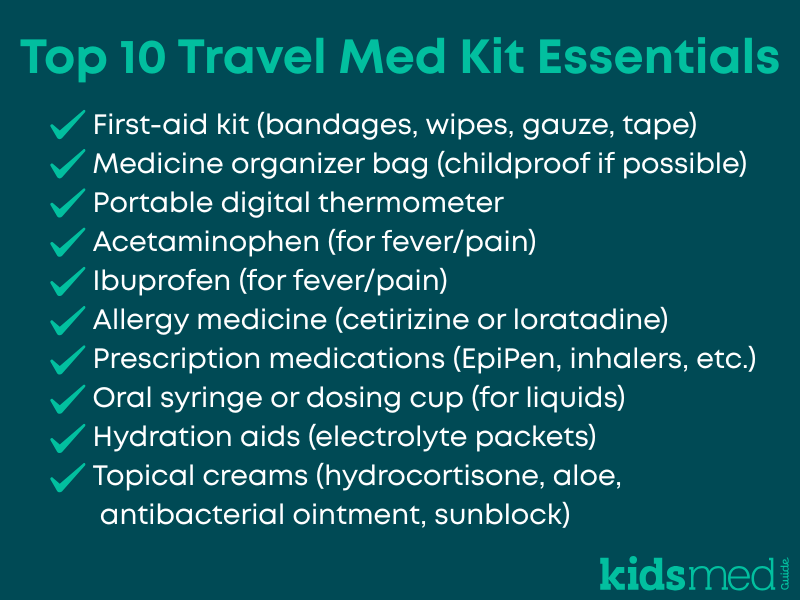
Must-Have Items for Your Child’s Travel Medicine Kit
Think of this as your pediatric “survival kit” for when you’re on the road and away from your home medicine cabinet. These items are always worth packing.
A first-aid kit
Look for a first aid kit that includes various sizes of bandages, antiseptic wipes, gauze pads, and adhesive tape. Scissors and tweezers might also be useful. You can create your own using supplies you already have, or buy a pre-made kit.
A ready-made travel first-aid kit saves you from having to piece one together, allowing you to toss it in your travel bag and forget about it.
Our pick for a small portable kit that can handle scrapes, and cuts, and more:
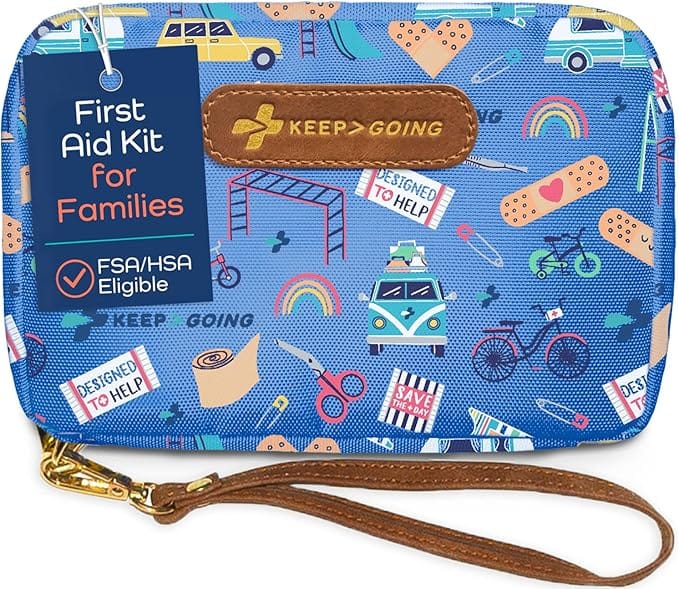
If you are traveling to a remote area or trekking through the wilderness, consider a larger kit equipped to handle major emergencies (think: wraps, splints, protective gloves, heat blankets, flares, batteries, radios, flashlights, food, water, and more). The American Red Cross has a good guide to get started.
Medicine organizer bag
Keep all medications organized and accessible. Digging around at 2 AM in an overpacked suitcase looking for a bottle of ibuprofen is no fun! Choose one with multiple compartments and a waterproof lining (spilled liquid medications = a nightmare!).
Also, consider medication safety – kids are crafty, and you need to ensure that medicine is stored securely. Keep medicine in its original childproof container. Consider adding a small lock to your bag or devising a plan to keep your medicine in a location that children cannot access, such as high up or in a hotel safe.
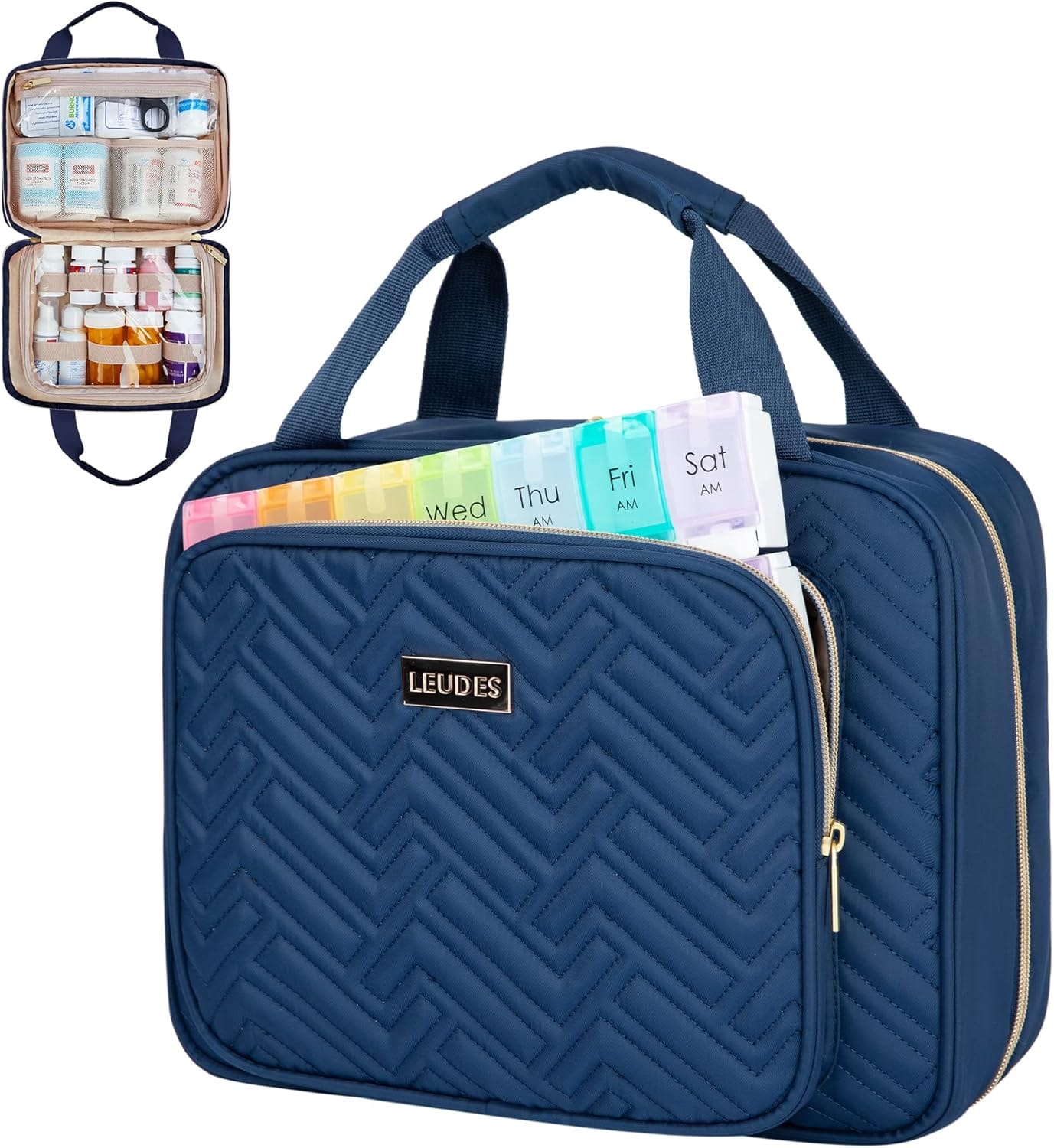
Portable thermometers for kids
Portable thermometers for kids are handy to have when you're on the go, especially if you suspect your child has a fever. This is particularly important if your child is an infant or has other health conditions that require close monitoring of fever.
Use a digital thermometer (it’s more accurate and much cheaper). This is our pick for accuracy and portability!
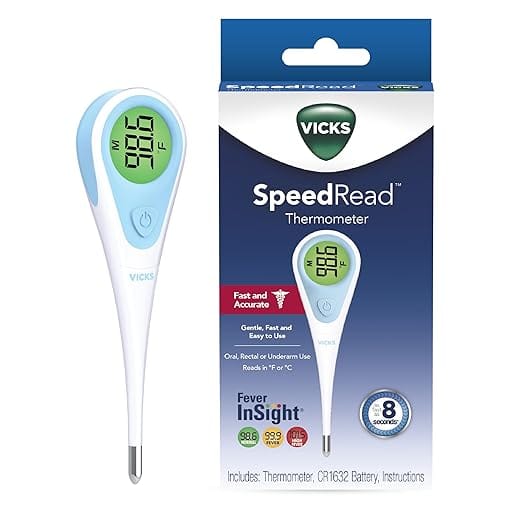
Child-friendly medications
Pack the basics:
- Fever reducers/pain relievers (acetaminophen or ibuprofen)
- Allergy medicine for hay fever or environmental allergies (cetirizine or loratadine)
- Anti-nausea or motion sickness relief (ask your pediatrician before travel; many options are not recommended for pediatric patients)
- For babies and toddlers, a gentle nasal saline spray and bulb syringe in case of congestion
- Any prescription medications your child takes, including emergency “as-needed” medications like EpiPens or inhalers
If packing liquids, don’t forget your oral syringe or oral dosing cup! If your child will take chewable tablets or regular tablets, these are easier to pack and don’t require a measuring device. Read our guide on selecting the right medicine dose form for kids!
Hydration aids
Electrolyte powders or single-serve packets are a convenient option to have on hand for mild dehydration caused by illness, or excessive sun, fun, and physical activity. Packets can be mixed into a glass of water and take up less space than bottles.
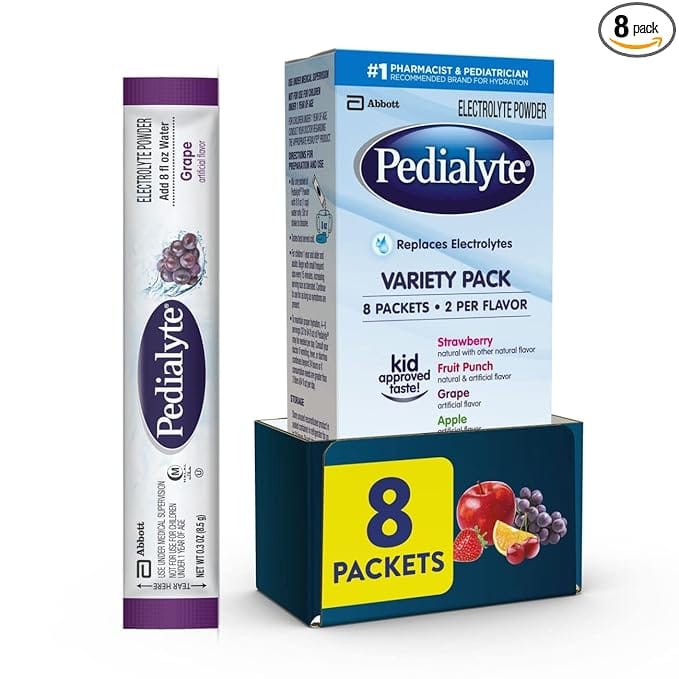
Topical creams
- Hydrocortisone cream for bug bites or itchy rashes
- Aloe vera gel for sunburns
- Antibacterial ointment, like Bacitracin, for scrapes
- Chapstick
- Sunblock
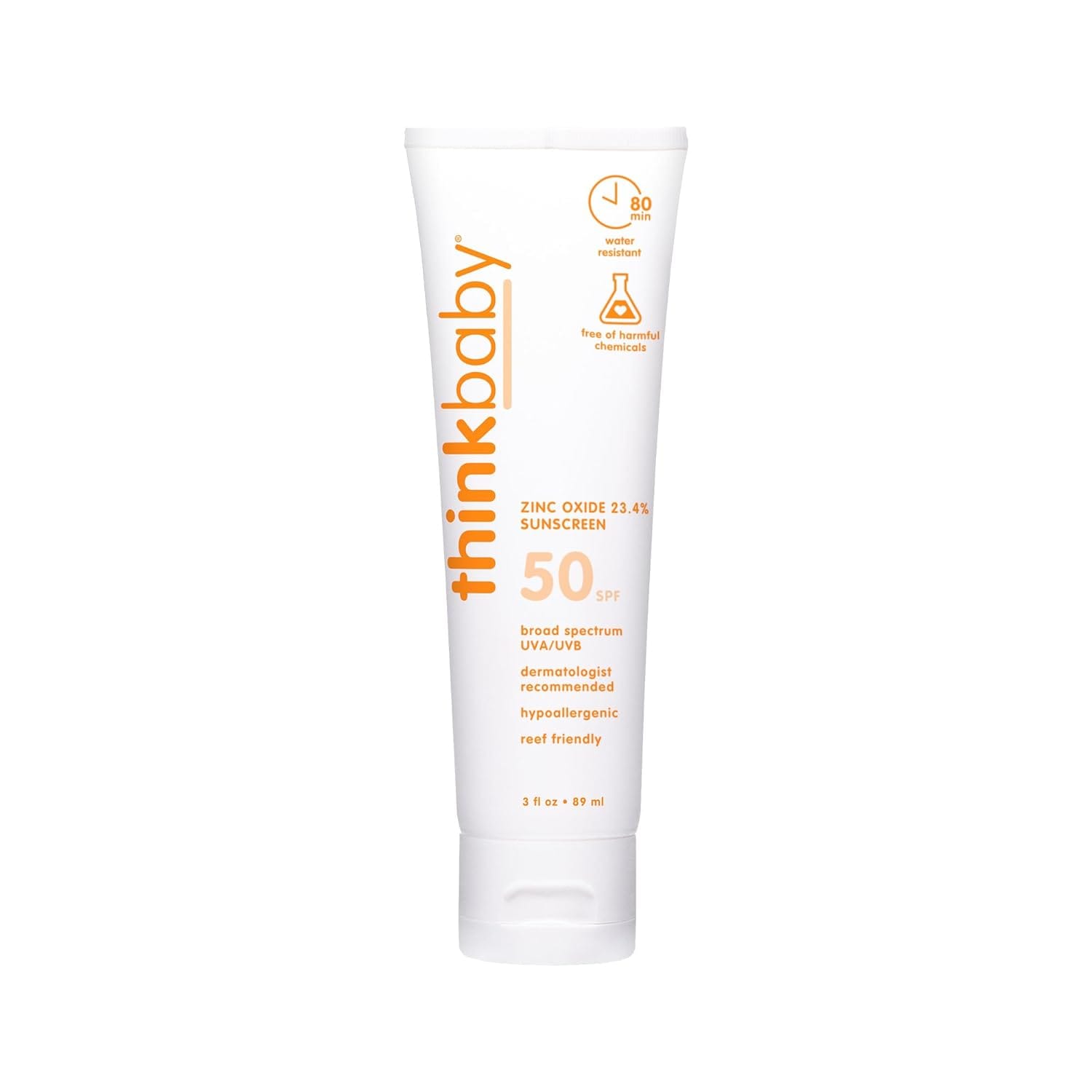
How to Organize Your Travel Kit
- Separate first-aid supplies from medications so you can find what you need quickly and prevent bandages from becoming sticky from liquid medicine drips.
- Use labeled pouches or small clear bags for each category. This is especially helpful for airline travel.
- Store medications in their original containers, labeled with instructions on how to administer them.
- Keep travel-size liquid medicines in resealable bags to prevent leaks.
Safety and Storage Tips
- Always keep medicines out of children’s reach (inside the suitcase, not in a side pocket; in the hotel safe; on a high shelf in your rental, etc.).
- Check expiration dates before packing.
- For temperature-sensitive items (such as some antibiotics or insulin), consider bringing a small insulated bag or ask your pharmacy about travel-safe storage options.
A soft-sided cooler with an ice pack works for short trips when you have access to a fridge at your destination. For longer journeys, a container like this can help keep medications like insulin or other injectables cool for extended periods. It's expensive, but it's worth it for peace of mind!
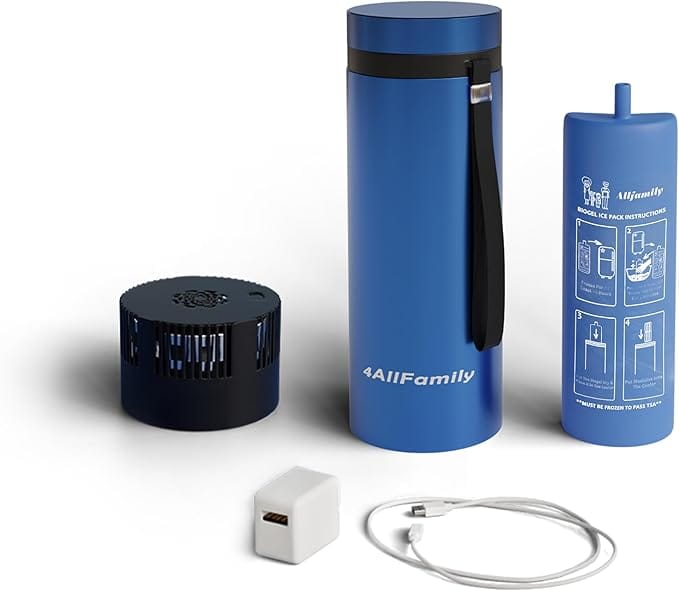
If your child takes multiple medications, consult your pharmacist to check for potential drug interactions. Separate medications from bandages so you can find what you need quickly and prevent bandages from becoming sticky from liquid medicine drips.
Extra Tips for Stress-Free Travel
A few bonus ideas to make family trips smoother:
- Bring a comfort item, like a small stuffed animal or blanket, to help reduce stress.
- Keep a list of local pediatric urgent care centers and pharmacies at your destination. It’s good to research the best options beforehand rather than frantically searching for care if your child experiences a significant illness or injury.
- Save or print your child’s medical info and emergency contacts on your phone.
- Teach older kids how to tell you if they feel unwell.
Keep some hand sanitizer ready for when soap and water aren't available. Hopefully, you can prevent germs from hijacking your vacation!
Conclusion
A well-stocked child travel medicine kit means you’re prepared for the unexpected health challenges that can come with family adventures,! Happy travels!
Frequently Asked Questions
What are the essential items every child’s travel kit should have?
A first-aid kit, thermometer, pediatric medications such as pain and fever relievers, prescription medications, hydration aids, and topical creams for sunburns, rashes, or skin irritation.
Can I bring my child’s medications on a plane?
Yes—Keep them in original, labeled containers. The TSA permits medically necessary liquids over 3.4 oz, but they must be declared at security.
How should I store temperature-sensitive items while traveling?
Use an insulated cooler bag with ice packs, but avoid freezing. Ask your pharmacist for specific guidance.
What should I do if my child gets sick while away from home?
Use your kit for initial care, monitor symptoms, and seek local medical attention if needed. Research pediatric urgent cares or medical facilities at your destination before your trip. Keep your pediatrician’s phone number easily accessible.
How often should I check and update the travel medicine kit?
At least twice a year or before any major trip, replace expired items and restock what you’ve used.
KidsMedGuide.com may receive commissions from products purchased via the links included in this article.
The following references were used to compile this information:
How to Build a Disaster Emergency Kit or. (2025, January 14). HealthyChildren.Org. https://www.healthychildren.org/English/safety-prevention/at-home/Pages/Family-Disaster-Supplies-List.aspx?_gl=1*19im45g*_ga*MTQ2NTk4OTEwLjE3NTg5MTI5NjQ.*_ga_FD9D3XZVQQ*czE3NTkzNzU5MDEkbzMkZzAkdDE3NTkzNzU5MDYkajU1JGwwJGgw
Pack Smart | Travelers’ Health | CDC. (n.d.). Retrieved October 1, 2025, from https://wwwnc.cdc.gov/travel/page/pack-smart
Shine, R. and. (2022, November 16). Creating a family travel first aid kit. Rise and Shine by Children’s National. https://riseandshine.childrensnational.org/creating-a-family-travel-first-aid-kit/
Traveling with Children | Travelers’ Health | CDC. (n.d.). Retrieved October 1, 2025, from https://wwwnc.cdc.gov/travel/page/children

